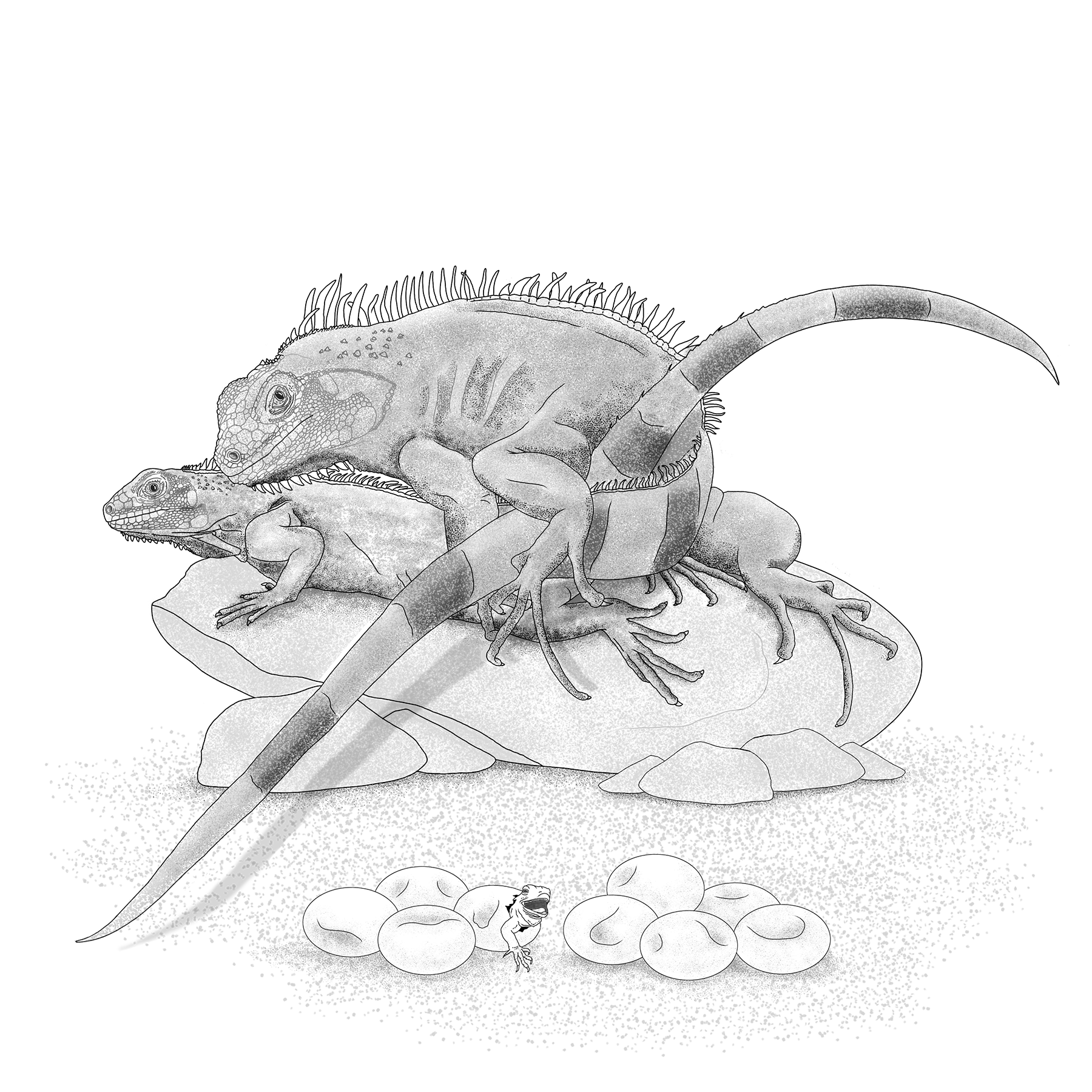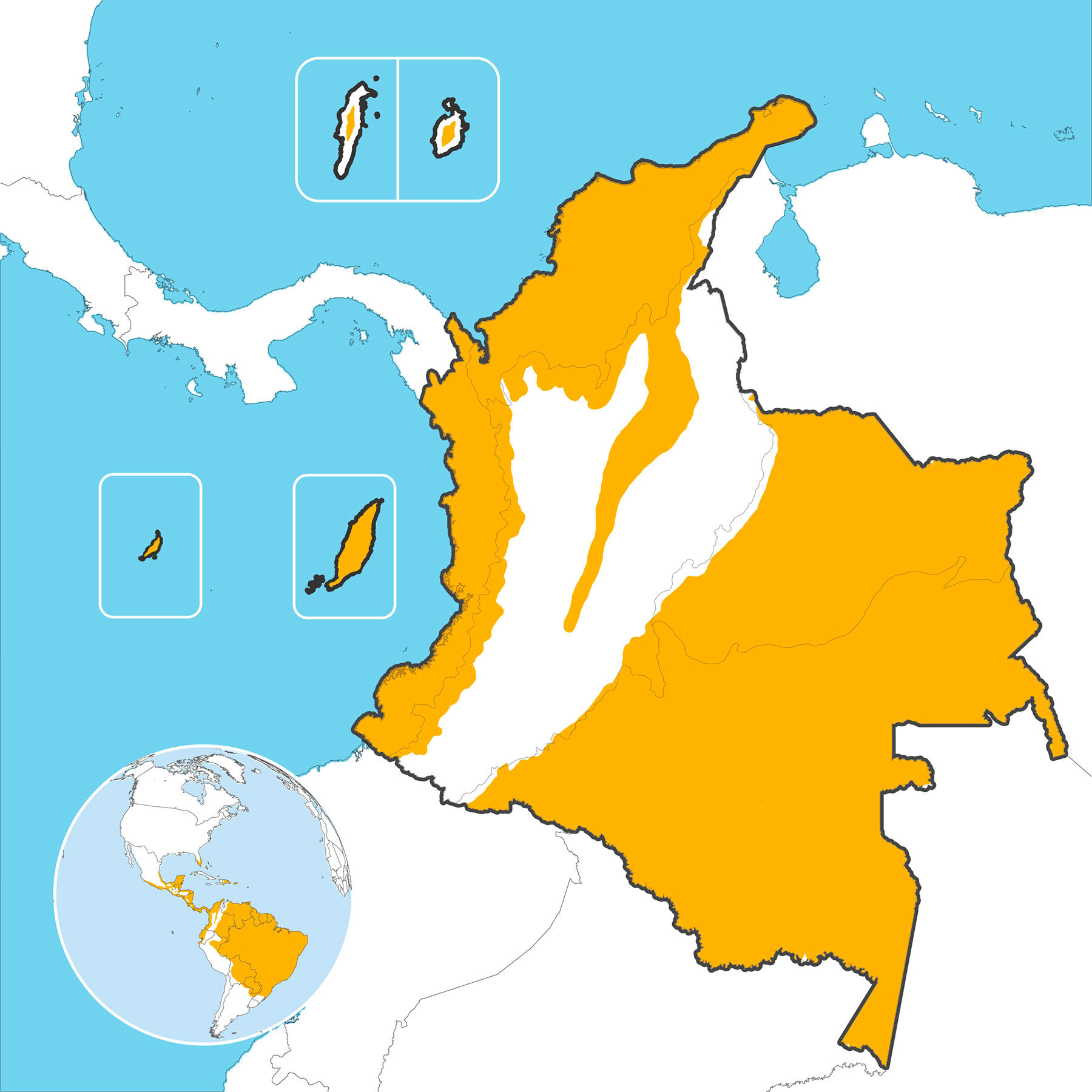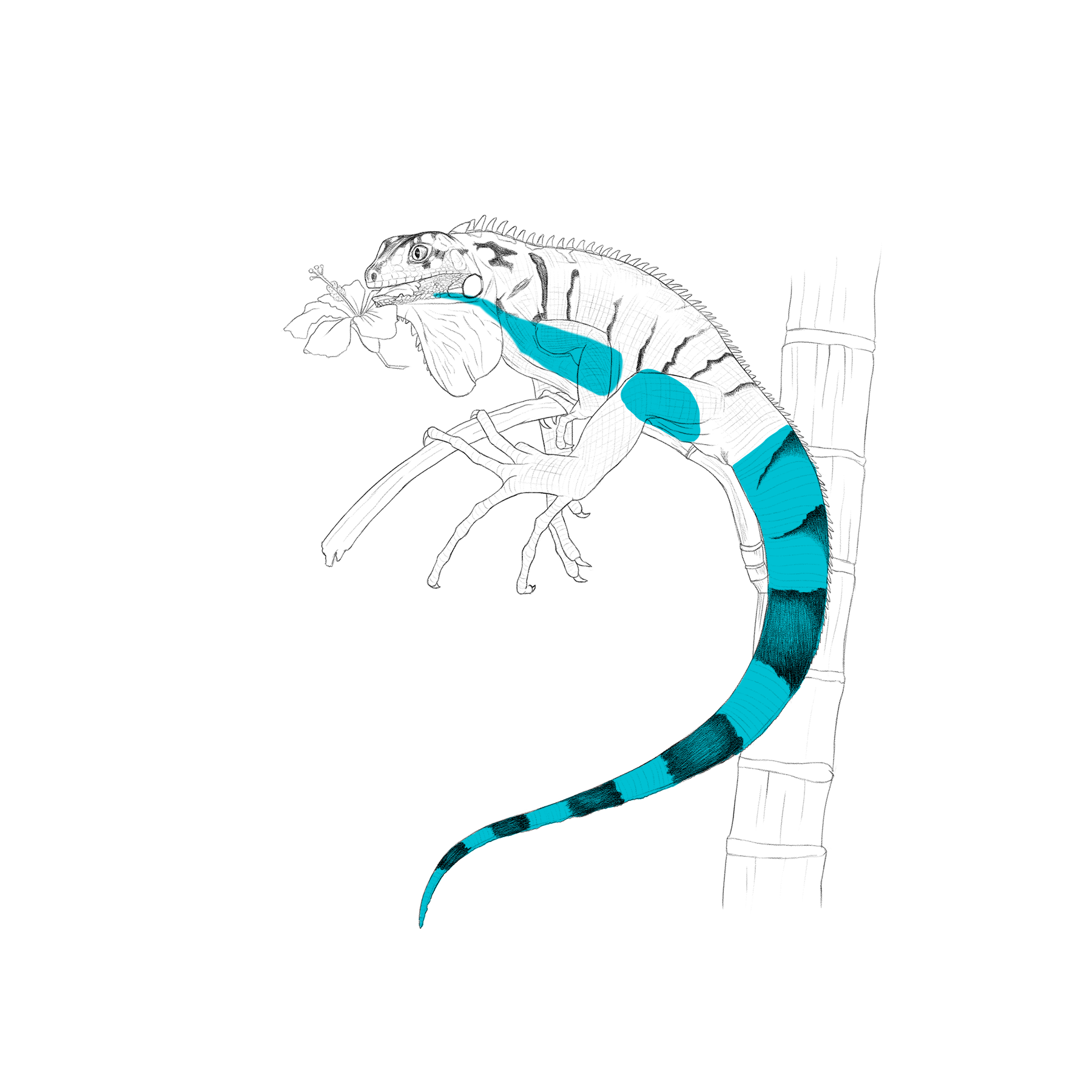
✎ Luis Mora

✎ Diego Aguilera


Iguana verde
Iguana iguanaCaribbean region
RECORRIDO VIRTUAL POR LA BIODIVERSIDAD DE COLOMBIA
Museo de Historia Natural
Universidad Nacional de Colombia

Iguana verde
Iguana iguana
Morpho-functionality
Digestion
The digestion of the cellulose and hemicellulose of the leaves entails that its digestive system is long and segmented in addition to show symbiotic relationships with microbes to be able to process and extract the nutrients from the plants consumed.
Large intestine
It has a microbial fermentation system in the large intestine that degrades plant fiber.
Tail
The long tail is used as a whip for defense and also helps stabilize the animal when climbing trees.
Lifecycle
They are solitary animals that live in community only during the reproduction period, this runs from mid-January to June, during this time the males fight for a high and sunny territory and the females choose the largest and most dominant males, during the mating period the female can mate with up to three males. The females build galleries where they lay between 12 and 44 eggs, these hatch between 70 and 90 days depending on the temperature of the environment.
Iguana verde
Distribution
It is distributed from Mexico to Brazil, it can also be found in some islands such as Cozumel, Providencia, San Andrés, Aruba, Trinidad, Tobago and in the Lesser Antilles. In Colombia is widely distributed, being found in all natural regions with a temperature between 27 and 35 °C and an environmental humidity higher than 70% (tropical humid forest, grasslands, mangroves and riverbanks), they are arboreal lizards that prefer areas with dense vegetation.
Distribution area






